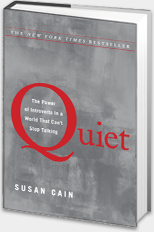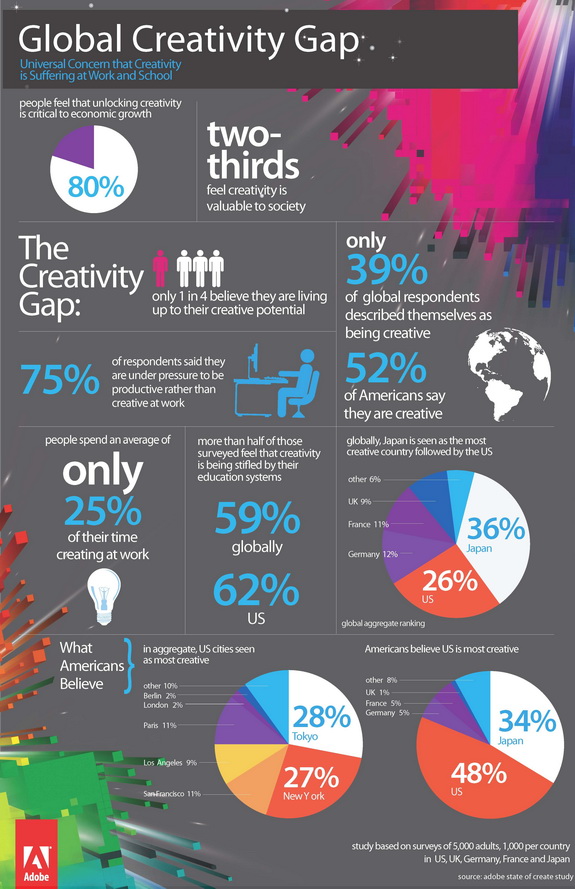On April 26, I attended my first Creative Mornings event. It was the second meeting of the new Creative Mornings/Cincinnati chapter and ran from 8:30 to 10 am at our city’s new 21c Museum Hotel.
Creative Mornings is a monthly breakfast lecture series for “creative types.” Designer Tina Roth Eisenberg started Creative Mornings in New York City in 2009 as a way for creative people to meet. It is now a worldwide network of 49 chapters, each hosting monthly meetings on a designated theme. Cities with Creative Mornings chapters include Los Angeles, London, Berlin, Boston, Barcelona, Zurich, Stockholm, Amsterdam, Auckland, Sao Paulo, Austin, Chicago, and Milan.
You don’t have to be a designer to attend. Anyone who wants a jolt of inspiration and the chance to meet other creative types can register for Creative Mornings events.

Personally, I consider a “creative type” as anyone who is naturally curious about new ideas — even ideas that don’t directly relate to their day-to-day jobs. Creatives can include designers, writers, photographers, artists, architects, engineers, marketers, educators, urban planners, and entrepreneurs. (I have even met creative accountants!)
The Creative Mornings theme for April was “The Future.” Here in Cincinnati, Joe Hansbauer talked about the future of Findlay Market, a city-owned “downtown grocery store” that has been in continuous operation since 1852. The popularity of Findlay Market has surged as more people and restaurants seek wholesome, locally grown food. Hansbauer talked about how expansion plans for Findlay Market will create opportunities for young farmers, food entrepreneurs, and retail and residential developers. Some of the old, unused industrial and residential buildings surrounding the market will be restored for new uses.
Videos of all presentations are uploaded to Vimeo for public viewing. So, to see how speakers in cities around the world view “The Future,” you will be able to watch the videos from the April meetings of Creative Mornings chapters. The global theme for May is “Backwards.”
Starting a Chapter
If there isn’t a chapter in your city, you can request an application on the Creative Mornings site.
The Cincinnati chapter was organized by Jeremy Thobe and Joe Kruessel of the interactive design agency US Digital Partners.
After watching Creative Mornings videos from other cities, Thobe and Kruessel created an application video explaining why Creative Mornings should be held in Cincinnati. The video highlights Cincinnati’s strength as “a brand city” and recent success in building a culture to attract creative, young professionals.
CreativeMornings/Cincinnati Application Video from CreativeMornings/Cincinnati on Vimeo.
“We are all really excited to see the growth and renewed enthusiasm around Cincinnati’s creative community,” said Thobe. “We have so many great people and companies in our city that we really feel Cincinnati deserves to be a part of the global creative conversation that Creative Mornings has started.” (I agree!)
As a writer, I also know that a good way to solve a creative challenge is to step away from the computer for a while. Taking a walk, exercising, or absorbing new sights, sounds, or ideas can be great ways to fire up the imagination. So I was excited to learn about Creative Mornings in Cincinnati.
“I have always been interested in learning about other people and topics that are not necessarily related to my career,” said Thobe. With Creative Mornings/Cincinnati, “We hope to inspire our community. We hope to connect our talent, showcase our successes, and get people excited to go back to work and create something wonderful!”
The 21c Museum Hotel
Cincinnati’s 21c Museum Hotel is the perfect setting for Creative Mornings. Adjacent to Cincinnati’s Contemporary Arts Center and across the street from the Aronoff Center for the Arts, the 21c Museum Hotel combines the amenities of a boutique hotel with a contemporary art museum. The art museum is open to the public (free of charge) to provide “an oasis where art challenges, amuses, stimulates conversation, and provokes new ideas.”
Kentucky natives Laura Lee Brown and Steve Wilson opened the first 21c Museum Hotel in Louisville and are expanding into Bentonville, Arkansas, Durham, North Carolina, and Lexington, Kentucky. Through 21c Museum Hotels, Brown and Wilson are achieving their goal of collecting and exhibiting the work of living artists and integrating contemporary art into the daily lives of more cities.

The first Creative Mornings/Cincinnati event at the 21c Museum Hotel featured Bill Donabedian, the organizer of Cincinnati’s Bunbury Music Festival. Tickets to his presentation were snapped up so quickly that the creative types who manage the 21c Museum Hotel provided a larger meeting space to accommodate everyone on the waiting list.
If you are ever in Cincinnati (or another city with a 21c Museum Hotel, I encourage you to check it out!
LINKS
Creative Mornings Chapters and Videos
RELATED POSTS
WCPO Digital posted an article I wrote about the meeting.
WCPO: Findlay Market CEO: New opportunities, spaces, businesses part of growth plan





